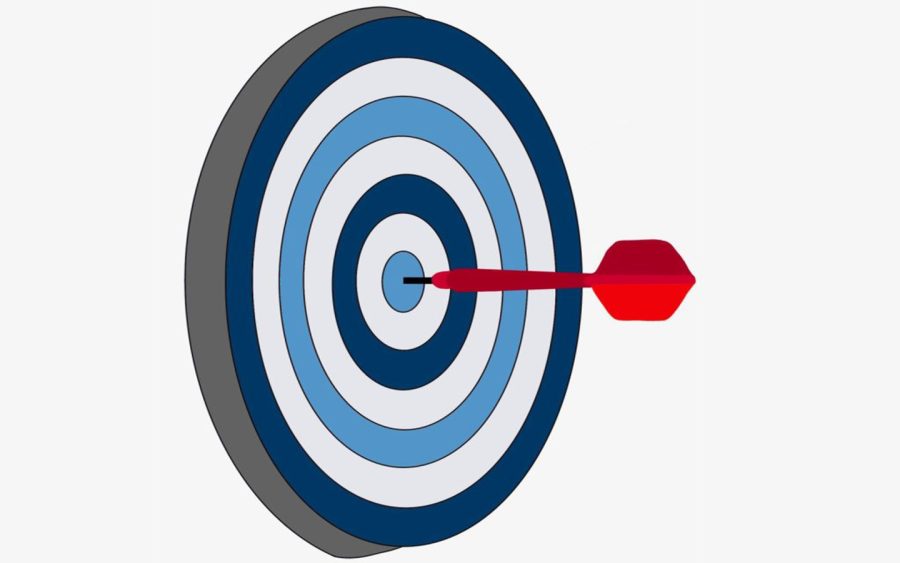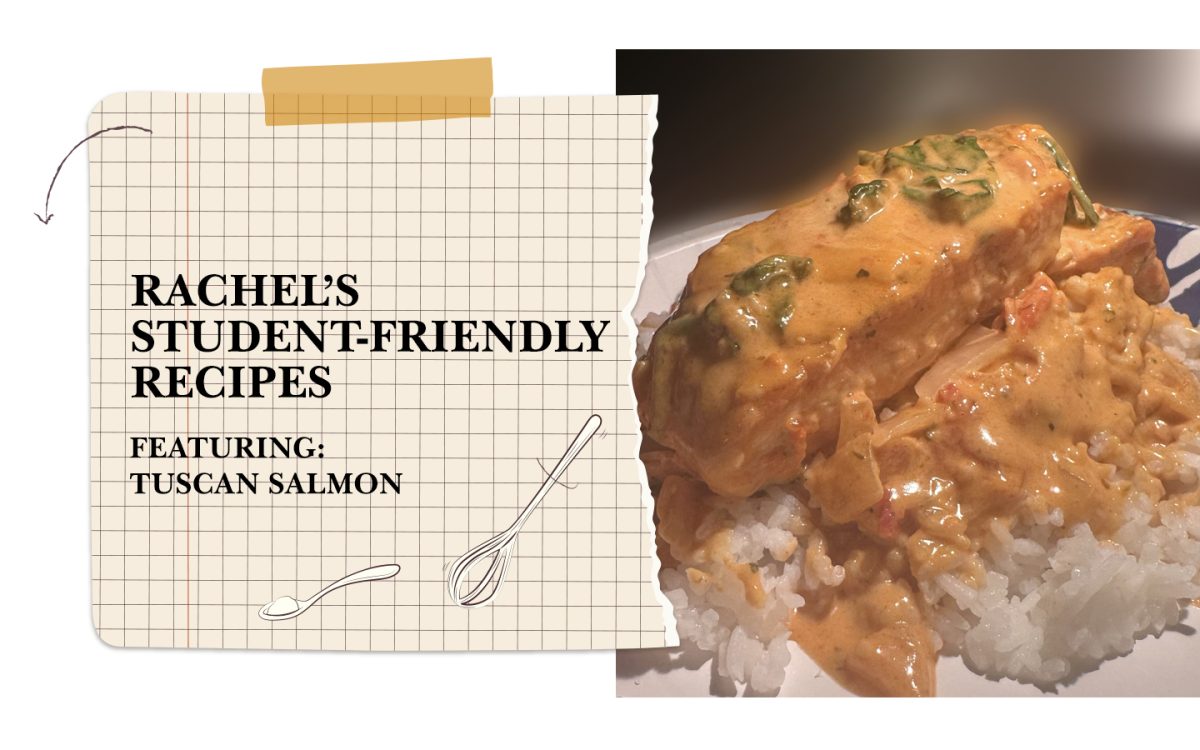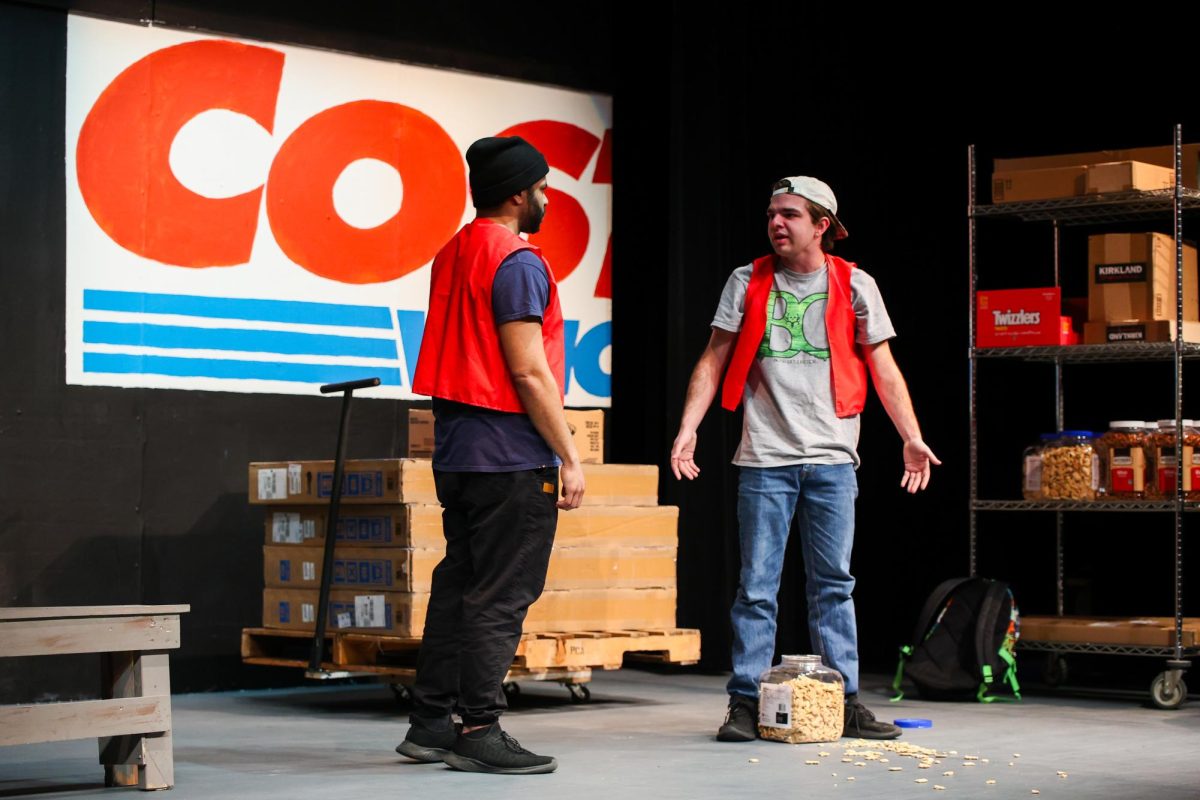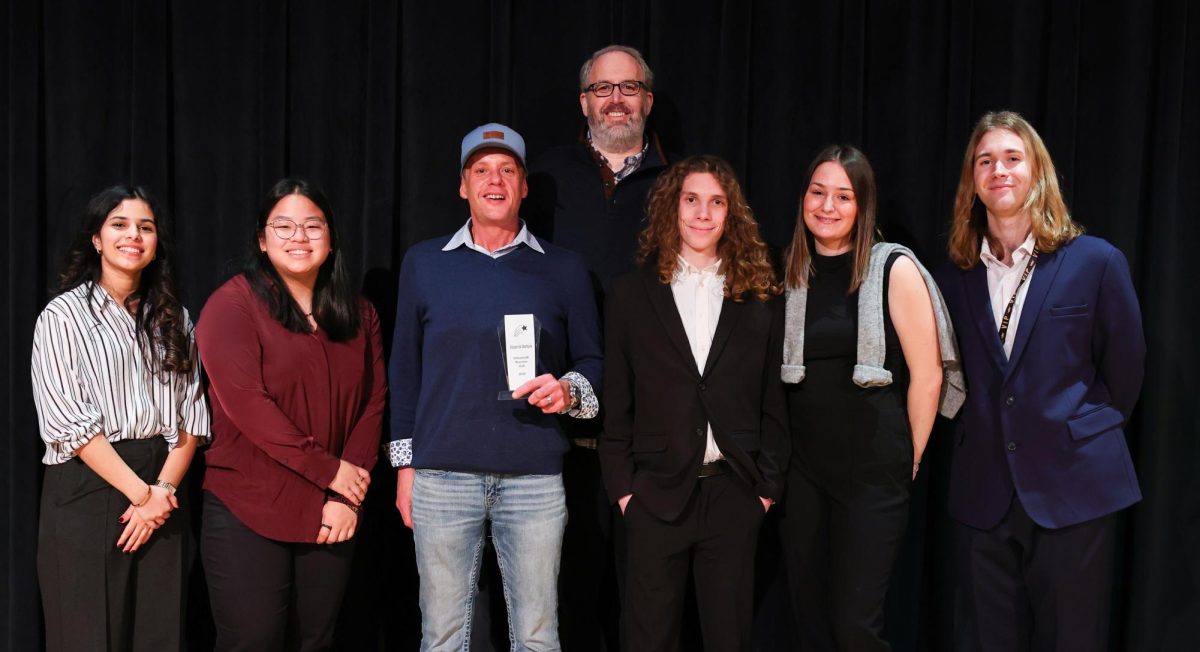Targeting bad habits: personalizing minimalism part 2
Taking steps toward minimalism by starting small and leaving bad habits behind
April 11, 2023
After discussing what minimalism is in part 1, how do we apply it to everyday life? “The Minimalists: Less is Now” is a great Netflix documentary to start understanding minimalism.
The story focuses on two friends, Joshua Fields Millburn and Ryan Nicodemus, also known as “the Minimalists,” who establish the benefits of a minimalist lifestyle. The documentary guides us through a series of Millburn’s and Nicodemus’s life events – from growing up in poverty with single parents to chasing the American dream. However, when they accomplished everything they ever dreamed of, both Millburn and Nicodemus only found themselves unsatisfied.
Nicodemus hosted a packing party where he boxed up all of his belongings and took out the items needed in his daily routine. As a result, 80 percent of his things were still boxed up after a month.
After his mother’s passing, Millburn packed away her belongings while realizing she accumulated a lot of stuff over her life. He sold, donated and gave away most of his mother’s belongings and returned home with a handful of items. In this regard, Millburn said “this helped me understand that by having fewer sentimental items, we are able to enjoy those sentimental items much more.”
It is inspiring to see them achieve happiness in life by drastically adopting minimalism. However, the documentary can be deceptive as it doesn’t go into the detailed struggles of the process. It is important to remember that even though the minimalists lived a childhood of poverty before they became minimalists, they were well off.
As community college students, we juggle between family, studies, full-time jobs, school activities and sometimes small businesses as well. Making a drastic shift into minimalism may not be practical in that sense.
However, we can take notes from the documentary and personalize our minimalism. The documentary teaches us that we should keep the things that add value to our lives and let the rest go. When we personalize our minimalistic practice, we are not running a rat race, but instead taking baby steps. It is up to us to decide what we can get rid of and when.
Becoming a minimalist, in the beginning, can be overwhelming. It is important to set the intention of why one wants to become a minimalist. The reason to convert could be to create less waste, have a clutter-free life or save financially. Once we know why we want to pursue minimalism, we are one step closer to it. If living a well-balanced life is a priority, targeting our bad habits to slowly replace them with something better can help immensely.
Drinking Mountain Dew and a candy bar five days a week can get expensive. After switching to a healthier bar and water, people can save $650 dollars a year, just by quitting this habit!
Research says, on average it takes about 66 days to change a habit. It’s a difficult job so to help ourselves, targeting habits that are easiest to change should help: one successful switch of bad habits helps us grow confidence in trying the next one. Everyday fast food to occasional fast food, one-time plastics to reusable plastic, restaurant coffee ($4 per cup) to brewing coffee at home (17 cents per cup), bottled water to a reusable water bottle. These are all small examples that may seem insignificant but are better alternatives as they save money and reduce plastic waste. Replacing our social media screen time with reading a book or taking a walk not only reduces the daily advertisements targeting us but also advances our mental health. Cleaning our space ritually helps declutter our minds. Making friends with like-minded people who encourage ideas and positivity adds value to our lives. By adding good material and mental habits while getting rid of bad ones, we develop our mindset to advance one step forward toward minimalism.









